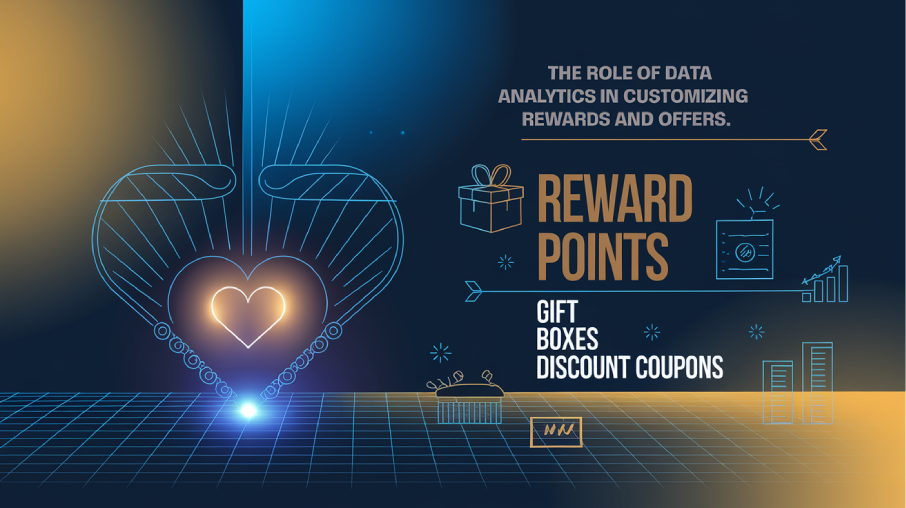
In today's highly competitive business landscape, companies are continuously striving to enhance customer engagement and satisfaction. One effective strategy employed by businesses is the personalization of rewards and offers through data analytics, which has revolutionized loyalty programs across industries. This approach not only fosters customer loyalty but also significantly boosts their overall experience. This article delves into how businesses utilize customer data to tailor loyalty rewards and offers, thereby increasing customer engagement and satisfaction.
Understanding Customer Preferences through Data Collection
The first step in customizing rewards involves collecting a wide range of data from various touchpoints. These touchpoints include transaction histories, social media interactions, website visits, and customer surveys. By integrating this data, companies can form a comprehensive profile of each customer's preferences, purchasing behavior, and engagement patterns.
For instance, a retailer might analyze purchase history to determine a customer's preference for certain product categories or brands. This data becomes instrumental in crafting personalized offers that resonate with the individual's known preferences, significantly increasing the likelihood of redemption and subsequent purchases.
Segmentation and Predictive Analytics
With vast amounts of data at their disposal, companies employ segmentation techniques to categorize customers into distinct groups based on shared characteristics. Segmentation can be demographic, psychographic, behavioral, or a combination of several factors. These segments allow for more targeted and relevant marketing efforts.
Predictive analytics takes this a step further by forecasting future buying behaviors based on past data. This predictive insight enables companies to design offers that not only meet current customer preferences but also anticipate future needs. For example, if data analytics predicts that a segment of customers is likely to be interested in eco-friendly products, a company might prioritize green products in their offers to these individuals.
Personalized Marketing Communications
Effective use of data analytics also extends to marketing communications. Personalization in messaging and timing of offers can significantly enhance customer response rates. Data analytics tools analyze the optimal times for sending communications based on past engagement data, which maximizes the likelihood of customer interactions.
Moreover, the content of messages can be customized to reflect the individual’s previous interactions with the brand. For instance, if a customer regularly opens emails featuring discounts on technology products, similar content can be prioritized in future communications.
Dynamic Reward Systems
Dynamic reward systems that adapt to changing customer behavior and preferences are becoming increasingly popular. These systems use real-time data to adjust the rewards offered, making them more relevant and attractive to the customer at any given moment. For instance, if a customer's spending in a particular category increase, the loyalty program can automatically offer them higher points on purchases in that category.
Real-Time Feedback for Continuous Improvement
The integration of real-time feedback mechanisms allows businesses to monitor the effectiveness of personalized offers and adjust as needed. This agile approach ensures that the strategies remain aligned with customer expectations and market trends. For example, if certain offers have lower than expected redemption rates, analytics can quickly pinpoint this anomaly, allowing businesses to investigate and adapt their strategies accordingly.
Challenges in Personalization
While the benefits of data-driven personalization are clear, there are challenges too. Data privacy and accuracy are a significant concern, as customers are increasingly aware of how their information is being used. Businesses must ensure they comply with data protection regulations, accuracy and maintain transparency with their customers about data usage.
Conclusion
The utilization of data analytics in customizing loyalty rewards and offers represents a powerful tool for businesses aiming to enhance customer engagement and satisfaction. By understanding customer behaviors and preferences through data, companies can deliver highly personalized experiences that resonate with their audience. As technology evolves, so too will the strategies for leveraging data analytics in loyalty programs, continually enhancing the customer-brand relationship.
of our story
hr@annexcloud.com
















